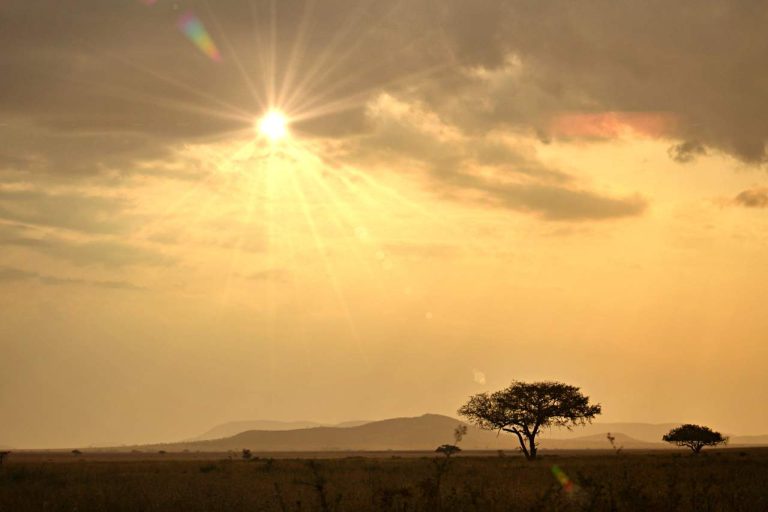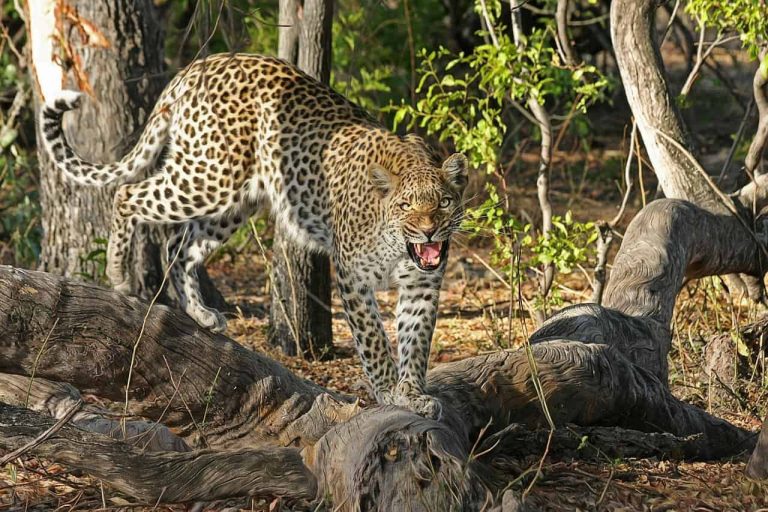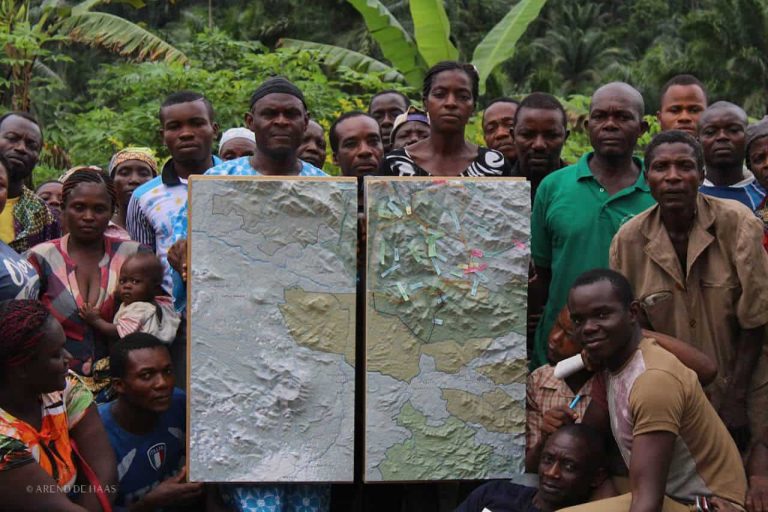Save the Drakensberg Wetlands in South Africa from a new Highway
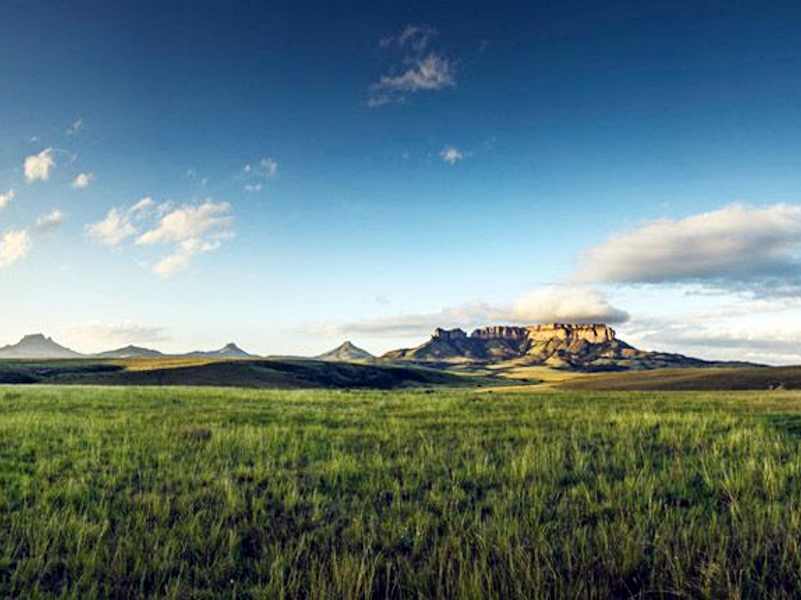
South Africa, your electricity is already being tampered with – what would you say if your water was too?
This might be a reality if the rerouting of the N3 highway from Van Reenen to De Beer’s Pass gets the go ahead. And though these are located in the Drakensberg, they have a lot more to do with you and the rest of South Africa than you think.
De Beer’s Pass happens to be located in the heart of the Drakensberg wetlands, which play a crucial role in managing, at no cost, South Africa’s limited water reserves. Add a four-lane highway funneling the Durban-Joburg exodus and what results is smog and litter, as well as debris and spillages from unfortunately inevitable car accidents.
Wetlands offer South Africa a variety of benefits, like filtering our water, promoting biodiversity and protecting our coastline. They also serve a global purpose in mitigating climate change.
But polluted wetlands come with a wide range of problems. Contaminating substances are directly harmful to wildlife and greatly reduce water quality. For instance, chemicals can promote algae growth, which is toxic to some animals and depletes oxygen content in the water.
Threat to wildlife water supplies and economy
South Africa is already teetering on a water crisis – Wetland.org.za predicts that at the rate our country consumes water, we will not have sufficient supplies to meet the rising demand by 2025. The construction of the De Beer’s Pass route will only compromise one of the few remaining freshwater sources South Africa has.
Redirecting the N3 traffic will result in a minimum loss of 70% of the neighbouring towns’ income. In addition to this, highways bring with them pollution, which will have a long term effect the plant and animal life in the area. Not only will wildilfe be affected, but also the people residing in kwaZulu-Natal and Gauteng, provinces that are heavily reliant on the water coming from the wetlands.
Please sign the petition at Avaaz:
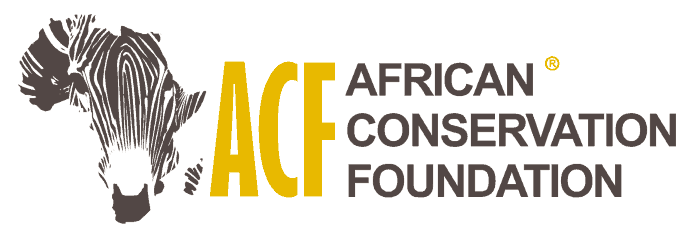
![Let the [RE]CHARGE journey begin: Hitting the road to raise sustainability awareness](https://africanconservation.org/wp-content/uploads/2019/10/eneloop-REcharge-journey-768x512.jpg)
